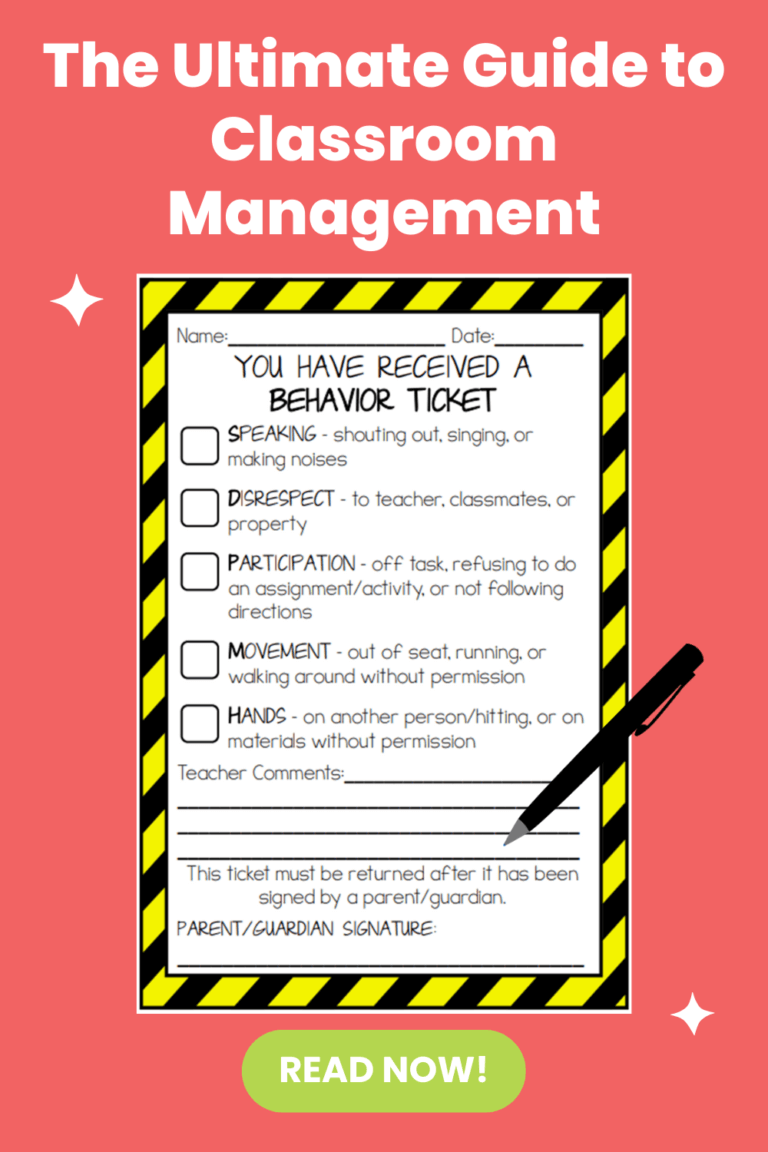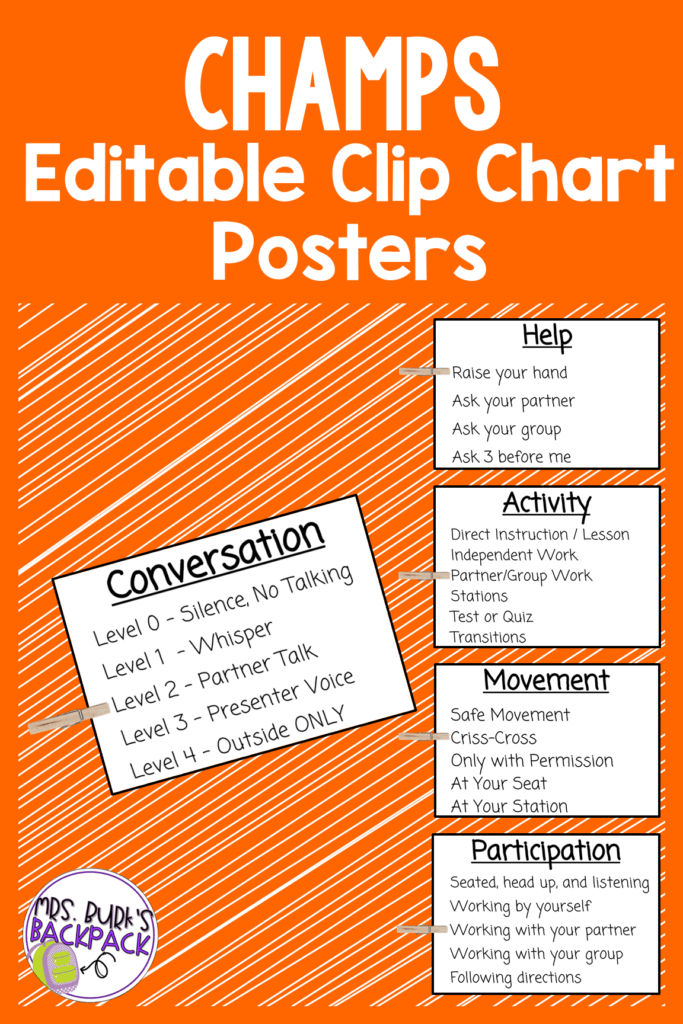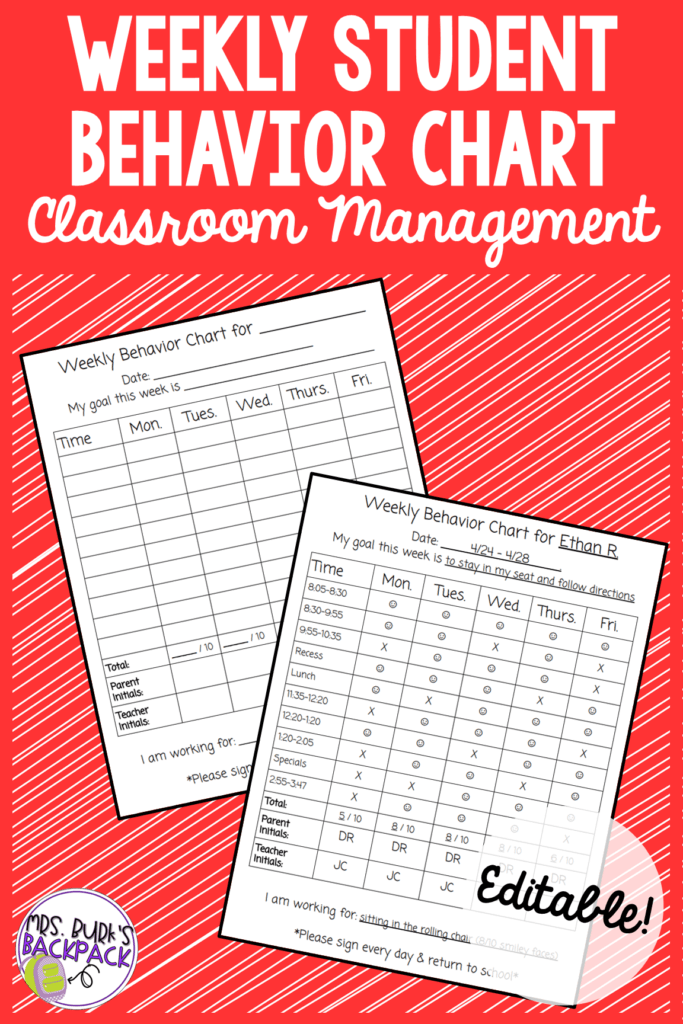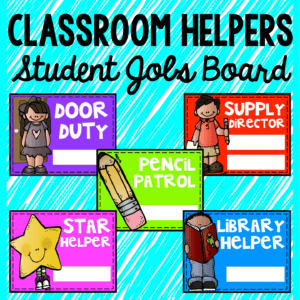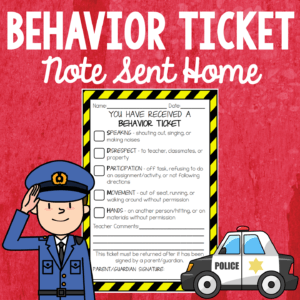Top 10 Tips for Classroom Management
Successful classroom management is hands-down one of the most difficult parts of being a teacher. Not only are you busy teaching your students new educational content & skills, but you are also teaching tiny humans to be respectful members of their classroom community.
Let me guess: classroom management was most likely not the primary focus of your teacher training program. Now, you alone are in charge of 20+ young learners. That is a LOT of pressure for just one teacher! You may feel confused, scared, and stressed.
Know that you are not alone, and even well-seasoned teachers can have difficulty with behavior management from time-to-time. Hopefully you can find at least one helpful tip from this list to add to your classroom management “toolbelt”!
1) Be Consistent!
I can not overstate the importance of remaining consistent with your classroom management. Make sure that when you say “Yes” it means yes, and “no” means no.
After you’ve made a decision, don’t change your mind later because students will notice this and they WILL take advantage of it. Then, suddenly you’re in a sticky situation where students think that if they ask you enough times, eventually you’ll cave in and say “yes”.
Once students learn that you mean what you say, they will take you more seriously and know that you mean business. Staying consistent will help students to respect you & listen to you.
2) Use CHAMPS to Set Clear Classroom Expectations
You can print your CHAMPS posters on colored paper, laminate them, and then use clothespins to mark the current classroom behavior expectations.
What is CHAMPS? Simply put, it is a classroom management tool used to make your expectations very clear. You can review the CHAMPS at the start of any activity, and then refer back to them as needed throughout the activity with either the class as a whole or with individual students who need a reminder.
C – Conversation Level. What voice volume level is acceptable during this activity/procedure/routine?
H – Help. If you need help, how do you ask for it?
A – Activity. What type of activity is happening? Small group, partners, independent work, whole group, centers, or a transition?
M – Movement. Are students allowed to move around the classroom? If so, for what reason(s) would they be able to get out of their seat?
P – Participation. What behavior will students be doing so that you know they are on-task & actively learning? Are they partner talking, working independently, working in groups, reading/writing, etc.?
S – SUCCESS! “Follow the CHAMPS for our classroom, and you will be successful.”
When I started using CHAMPS in my classroom, I wished I had started using CHAMPS much sooner! You can purchase Editable CHAMPS Clip-Chart Posters on my TPT store by clicking here.
3) Encourage & Reward Good Behavior
An essential component of every classroom management plan is incentivizing good behavior with rewards. Ideally, these rewards wouldn’t cost you a penny and would be motivating for your students to work towards. It’s important that students get to pick their own reward!
You can find a great list of FREE reward ideas by clicking here. Some of my personal favorite rewards for lower elementary school students are sit at the teacher’s desk, sit in a rolling chair, sit on the floor, “stinky feet”/no shoes pass, or pen pass. Students can have their reward for the entire day, class period, or any amount of time pre-determined by you. Just remember to set a timer and you’re good to go!
4) Try Weekly Student Behavior Charts
The intention here is to encourage students to behave to they can earn something good (see #3 above for reward ideas). You may choose to use this behavior chart as an intervention for certain students, or with the whole class depending on your classroom’s needs.
This Editable Weekly Student Behavior Chart can be used all week long! At the start of each week, the student selects a prize that he/she wants to work for. You will decide how many smiley faces the student needs to earn in order to get their selected prize. You can also customize how to break down the school day into windows of time.
Meet with students in the morning so they can goal-set & pick the reward they want to work for. Then, meet with students again throughout the day to say what is working well, and brainstorm ideas together for what they can improve on. I suggest working on just 1 specific skill at a time, so that students don’t get overwhelmed. Popular skills to work on include staying in my seat, raising my hand, staying on-task, respecting myself/my classmates, or listening.
I loved the convenience of not having to copy a new behavior chart for each day! At the end of the week, I saved the chart in the students’ folder for my records. Then, you can use it later for behavior documentation or to reference during parent-teacher conferences.
I’ve seen weekly behavior charts like this one motivate even my most difficult students.
5) Keep it Confidential!
Be sure that any kind of behavior tracker that you use is never displayed for the entire class to see. You should not be putting your ClassDojo points screen on the projector screen or SmartBoard. Keep any color charts or behavior charts hidden & private. The only people who need to see are the you and the individual student.
You may be wondering, “Why does this matter?” Students’ individual point values, charts, or rewards are considered private information. Putting that information on display for the whole class to see can actually end up increasing student performance anxiety and causing them to act out even more.
You don’t want your students to worry that their classmates are seeing their low/negative point values, or seeing that they’re in the “red”. Additionally, students with higher point values may be made fun of for being a “goody two shoes” or whatever the kids are calling it these days. Students should only be worrying about their own points. To quote one of the cutest kids ever, “Worry ’bout yourself!”
6) Implement Class Jobs to Build Your Classroom Community
Jobs help students to feel more responsible for their class community.
Classroom jobs are an important part of any classroom management plan!
Implementing a student job board in your classroom will benefit the teacher as well as the students. The teacher will have more help and the students will feel that they have an important contribution to the classroom!
Rotate the jobs regularly to let students do each job at least once. You may be surprised – making your “chatty Kathy” the line leader can transform her into a star example!
I have an adorable Classroom Helpers Student Jobs Board available on my TPT store here, which includes 22 unique student jobs!
7) Have Logical Consequences
Beware of taking away too much recess time or giving students silent lunch, because those are valuable moments in the day that allow kids to get their wiggles & chatter out.
But then what consequences CAN you give out? Try to have the behavior consequence make sense for the misbehavior. For example, if a student is consistently talking loudly in a group after a verbal reminder, redirect them to work at a table by themselves. You can read more info about logical behavior consequences in this post by Teacher Trap, or in this other article, “Effective Classroom Consequences for Any Grade Level“.
8) Send Home a "Behavior Ticket"
Speaking of consequences, parent/guardian communication is a must. It’s important to regularly relay information about students’ behavior to their families at home.
You can use something similar to these Editable Behavior Tickets from my TPT store as a way to inform families about troublesome student behavior. In the real world, when you break a driving law you get a traffic ticket. In the classroom, when students break a rule they can get a behavior ticket sent home.
Try to inform guardians about what their kid did WELL at school, too. It can be very discouraging to only hear about the negative aspects of their child’s school behavior. It will make their day to hear something nice occasionally!
“This was a perfect resource for my 1st grade classroom.” – Casey S.
9) Treat Each Day as a Fresh Start
I strongly suggest that you reset students’ points or color charts back to neutral daily (especially if a student is in the negatives or the “red” zone). A student with -5 points may feel as though there’s no way to ever come back from that, so they might as well keep doing what they want or acting out.
What happened yesterday or last week is in the past. Students don’t need to walk into school each day with yesterday’s poor choices hanging over their heads. By resetting, you can give students the opportunity to make a positive change daily.
10) Don't be Afraid to Get Creative
Classroom management is not “one size fits all” – what works for one student or class is not guaranteed to work for others. Teachers have to be adaptive, creative, and quick to think on their feet. Don’t be scared to keep trying new things until you find a method that works best for your students.
If you feel like you’ve tried everything, it’s completely okay to ask another teacher or an administrator for help! “Ask for help not because you’re weak, but because you want to remain strong.” – Les Brown
Final Thoughts on Classroom Management
There is truly so much that goes into managing a classroom full of young students, and it is not for the faint of heart. Just remember to keep trying, and eventually it will get easier.
If you’d like to save these ideas about classroom management for later on Pinterest, pin the images below!

